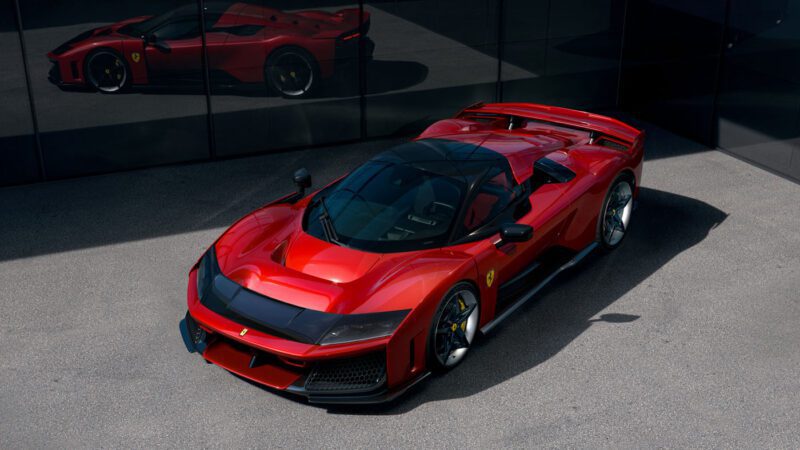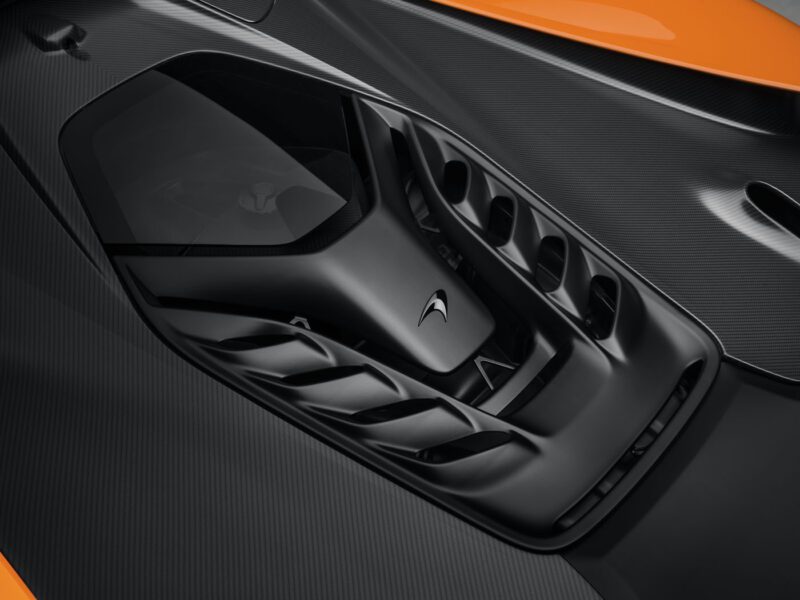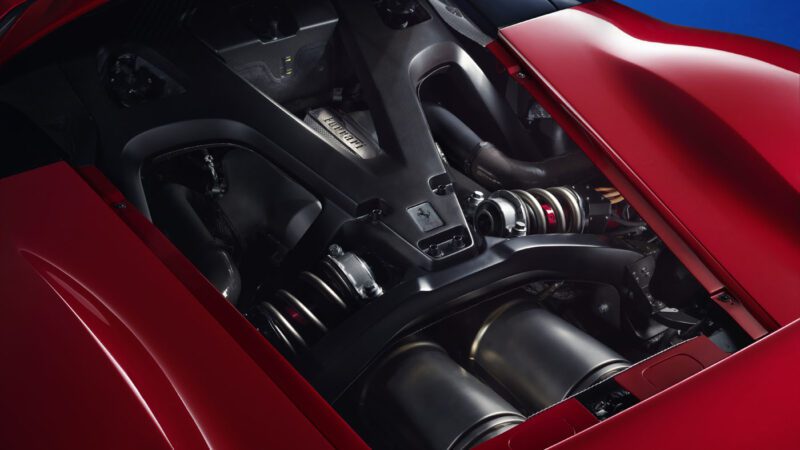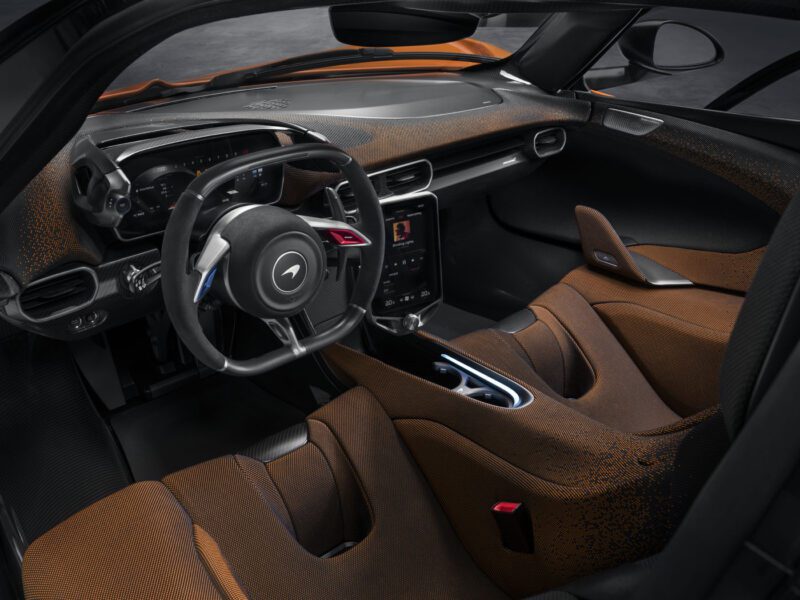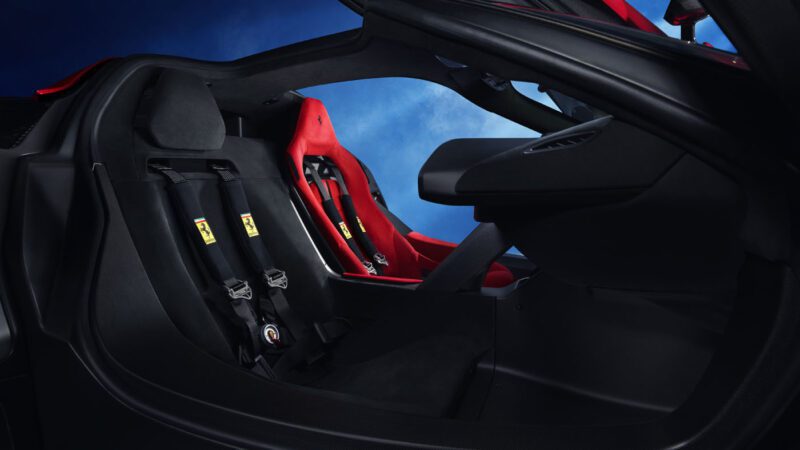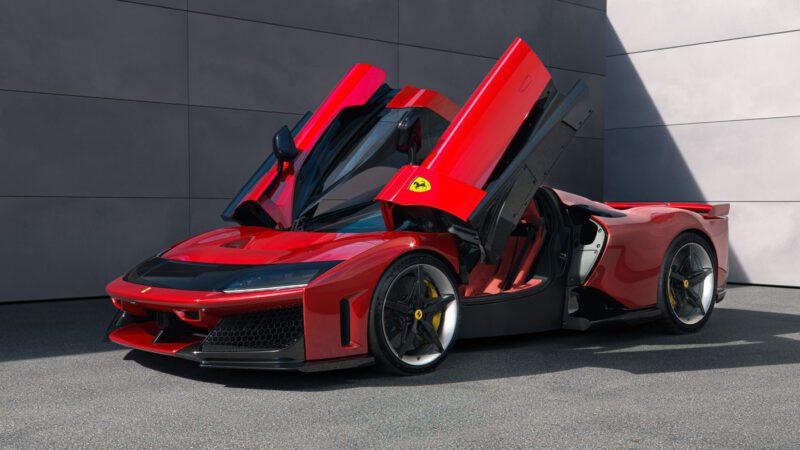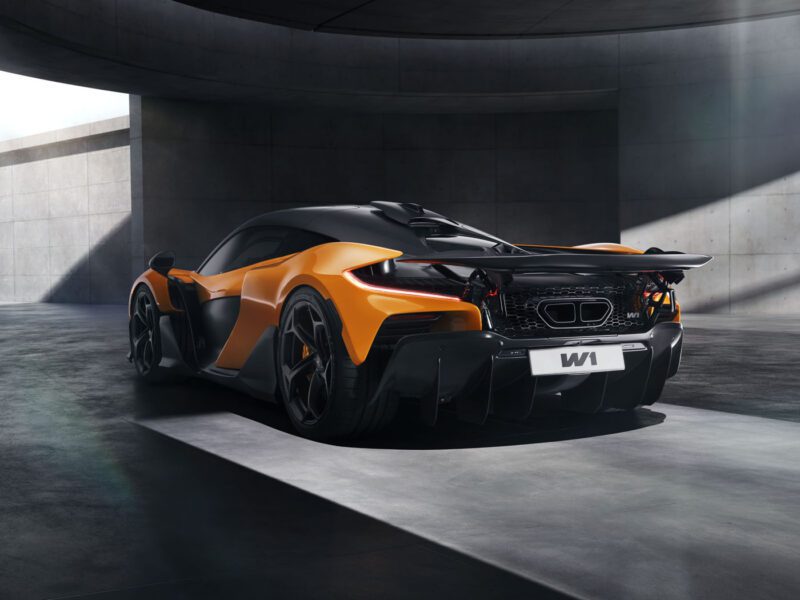Which is the best new hybrid hypercar?
A new league of game-changing hybrid hypercars emerges.
Thinking back to recent memory in automotive history, a group of hypercars called the “Holy Trinity,” emerged: the McLaren P1, the Ferrari LaFerrari, and the Porsche 918 Spyder, all of which featured hybrid powertrains that revolutionized performance oriented engineering by using electrification to dial up the power delivery and track capabilities of the hypercars. Ahead of their time, the “Holy Trinity”‘s influence is heavily present in today’s automotive industry, with manufacturers across the landscape using electrification to unlock unprecedented levels of performance.
A decade later, a new era of hybrid hypercars has now emerged, thus far consisting of two members: the new McLaren W1, and the new Ferrari F80. The McLaren W1 and Ferrari F80 have built upon the engineering excellence of their predecessors – the P1 and LaFerrari, respectively – and enhanced it even further by adding more engineering, power and cutting edge technology. The McLaren W1 is similar to the Ferrari F80 in its hybrid hypercar philosophy, but they have different approaches for achieving the ultimate performance. Which one is better?
McLaren W1 Specs
Despite featuring an incredibly powerful twin-turbocharged V8 hybrid powertrain, the McLaren W1 weighs in at under 3,100 pounds, giving it virtually limitless potential for on-track performance. Thanks to its rear-wheel drive, the McLaren W1 retains a purist driving feel while remaining a formidably futuristic machine.
Ferrari F80 Specs
With solutions derived from the 499P, Ferrari’s two-time Le Mans-winning endurance racing hypercar, the Ferrari F80 goes to painstaking lengths to achieve race-ready excellence, like setting its passenger seat slightly rearward from the driver seat, so as to comfortably seat two in its “+1” configuration without making the passenger compartment too wide.
The McLaren comes out on top on the specs front. For an enthusiast-focused machine, rear-wheel drive and a V8 engine is a surefire formula for success.
Specs Winner: McLaren W1
McLaren W1 Engine
The McLaren W1 makes use of a 4.0-liter twin-turbocharged V8 engine, which revs to a soaring 9,000 rpm. McLaren W1’s total power is 1,258 horsepower. The hybrid electric half of the equation adds 342 horsepower to that. With 342 horsepower coming from the hybrid electric half of the equation, the McLaren W1’s total power is 1,258 horsepower.
Ferrari F80 Engine
Similarly to the 499P endurance racing hypercar, the new Ferrari F80 combines a 3.0-liter twin-turbocharged V6, producing 900 horsepower for 300 horsepower per liter, with 300 more horsepower from a hybrid electric system. It’s the most potent road-going Ferrari ever, with 1,200 horsepower.
Despite the McLaren W1’s higher power and enthusiasts’ desire for larger engines, Ferrari’s 900 horsepower was achieved from a 3.0-liter dual-turbo engine. Engine Winner: Ferrari F80
McLaren F1 Interior
The McLaren F1 was designed for racing excellence. Its interior integrates seats into monocoque and uses gullwing door for visual drama. The steering wheel, pedals and controls are movable to accommodate the driver. The passenger seat is made virtually invisible when not in use, highlighting the Ferrari F80’s focus on racing and driving. The driver’s seat is set forward to allow both passengers to be comfortable while maximizing the width of cabin. For further racing readiness, the bespoke steering wheel swaps haptic controls for physical buttons, ensuring precision in control.
Thanks to its level of customization via MSO, and impossible-to-ignore gullwing doors, McLaren wins this round.
Interior Winner: McLaren W1
McLaren W1 Performance
The McLaren W1 will reach a top speed of 217 mph, sending its 1,258 horsepower to the rear wheels. You’ll still be able to get from 0-60 mph in 2.7 seconds. Highly advanced aerodynamics ensure that the car performs formidably in more situations than straight-line speed runs.
Ferrari F80 Performance
Thanks to all-wheel drive, the Ferrari F80 rockets from 0-60 in just 2.15 seconds, reaching a top speed of 217 mph. Its advanced aero features a rear wing that can dramatically change shape and height, visually indicating the vehicle’s performance capability as well as it serves its actual aerodynamic function.
Rear-wheel drive may bring more fun, thrill, and purist passion to a car, but when the question is of pure performance, the Ferrari’s all-wheel drive gives it quicker acceleration.
Performance Winner: Ferrari F80
McLaren W1 Investment Value
The McLaren W1 is sure to go down as a historically significant, coveted, desirable, and collector-grade hypercar as the years go by. The McLaren W1 is a collector’s hypercar that will go down in history as a historically significant, coveted, desirable and collector-grade hypercar. Historically, the McLaren W1’s predecessor, the P1, has carried high resale value for its historical significance and its automotive excellence in general, not to mention the F1, one of the most expensive collector cars in modern automotive history.
Ferrari F80 Investment Value
As the latest member of Ferrari’s coveted corral of halo hypercars, the Ferrari F80 is bound to be quite the collector’s piece. The LaFerrari and Enzo models, as well as the F50, F40 and 288 GTO, have all proven to be highly valuable and sold in higher numbers than their retail prices. With 799 examples being made, each carrying a price tag of $4 million, it’s anticipated for the F80 to attain similar levels of panache.
Especially when comparing resale prices for each car’s predecessor, the P1 and LaFerrari, it’s clear that Ferrari’s halo cars carry greater investment value than their McLaren counterparts, giving Ferrari the win here.
Investment Value Winner: Ferrari F80
Image Source: McLaren & Ferrari


